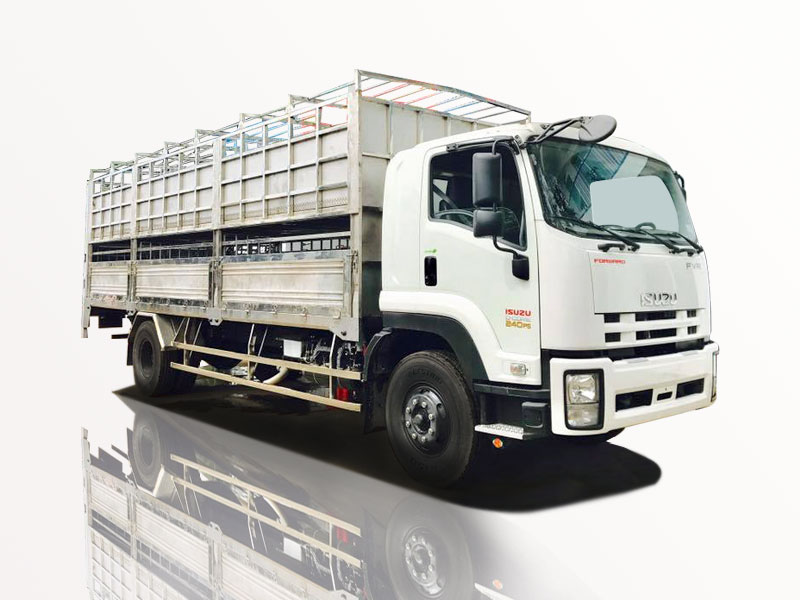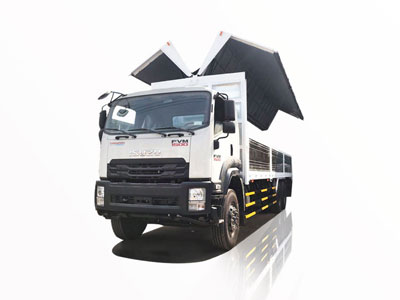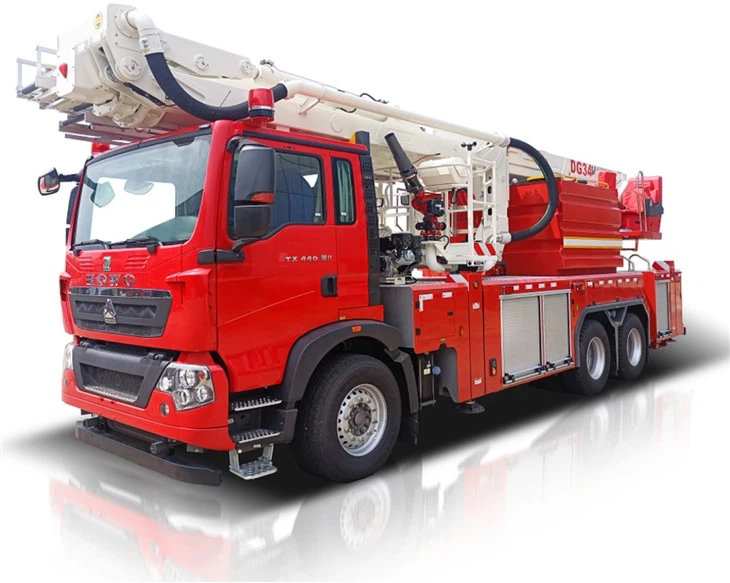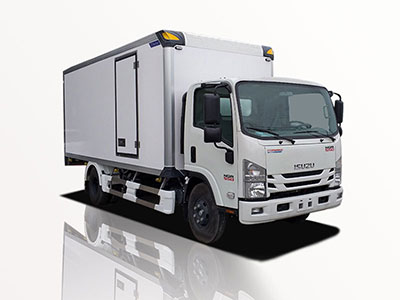When it comes to working in high places, a bucket lift for pickup trucks has become an essential tool for professionals across many industries. Whether you’re in construction, maintenance, tree trimming, or telecommunications, rising to elevated heights efficiently and safely is paramount. In this guide, we’ll explore everything you need to know about bucket lifts, their benefits, usage, and how to choose the right one for your pickup truck.
What is a Bucket Lift?
A bucket lift, also known as a boom lift, is a type of aerial work platform that allows workers to reach elevated areas safely. It’s typically mounted on a truck, like a pickup, making it highly mobile and versatile. The bucket lifts can extend vertically and horizontally, offering flexibility in various job types.
Benefits of Using a Bucket Lift for Pickup Trucks
1. Enhanced Safety
Using a bucket lift improves worker safety significantly compared to using ladders or scaffolding. Workers are securely held in a bucket that is designed to provide stability while working at heights.
2. Increased Productivity
With the ability to reach high places quickly and efficiently, bucket lifts allow workers to complete tasks more promptly, increasing overall productivity.
3. Versatility
Bucket lifts can be used in various industries such as construction, maintenance, and landscaping. Having one mounted on a pickup truck makes it adaptable for different job sites.
4. Cost-Effective
Investing in a bucket lift eliminates the need for renting equipment frequently, thus saving costs over time for businesses that often require aerial work platforms.
Types of Bucket Lifts for Pickup Trucks
1. Telescoping Bucket Lifts
Telescoping bucket lifts extend vertically and are ideal for tasks that require reaching specific heights without heavy lateral movement. They are often used for utility work and maintenance tasks.
2. Articulating Bucket Lifts
These lifts can extend both vertically and horizontally, offering greater maneuverability around obstacles. They are suitable for tree trimming and building maintenance where precision and access around barriers is required.
3. Trailer-Mounted Bucket Lifts
These lifts are portable and can be towed by pickup trucks. They are a great option for those who need a bucket lift but cannot permanently mount one on their vehicle.
4. Self-Propelled Bucket Lifts
Self-propelled bucket lifts typically are not mounted on trucks but allow for remarkable maneuverability once on-site, ideal for rough terrain.
How to Choose the Right Bucket Lift for Your Pickup Truck
1. Assess Your Needs
Determine the primary tasks you need the bucket lift for, as different tasks may require different features. Consider the height you need to reach and whether you will encounter obstacles.
2. Check Compatibility
Ensure that the bucket lift is compatible with your pickup truck’s weight capacity and specifications. Implementing a lift that exceeds your truck’s limits can be dangerous.
3. Factor in Terrain
If you frequently work in rugged or uneven areas, consider features like four-wheel drive and stabilizing outriggers for better balance and stability.
4. Opt for Safety Features
Always prioritize safety. Look for bucket lifts equipped with safety harness systems, emergency stop buttons, and non-slip surfaces.
5. Reviews and Recommendations
Research customer reviews and seek recommendations from industry experts. This can help you gauge the reliability and efficiency of different bucket lifts.
Practical Tips for Operating a Bucket Lift
1. Inspect Before Use
Always conduct a thorough inspection of the bucket lift before operations. Check for any leaks, functionality of controls, and stability of the working platform.
2. Stay Within Weight Limits
Adhere to the specified weight limits for the lift to maintain safety and working integrity. Overloading can compromise the lift’s stability and cause hazards.
3. Use Safety Gear
Always wear appropriate personal protective equipment, such as helmets, harnesses, and safety shoes when operating a bucket lift.
4. Maintain Clear Communication
Ensure clear communication with ground crew members. Always establish signals or use radios to avoid miscommunication, which can lead to accidents.
Maintenance Tips for Bucket Lifts
1. Regular Inspection
Set a schedule for regular inspections to determine if the bucket lift is in good working condition. Look out for hydraulic leaks, tire conditions, and general equipment wear.
2. Keep it Clean
Regularly clean the bucket lift to prevent the build-up of dirt and debris, which can tarnish the performance and longevity of the equipment.
3. Lubricate Moving Parts
Regular lubrication of moving parts will ensure smooth operation and help to prevent wear and tear on the equipment.
4. Follow Manufacturer’s Guidelines
Always follow the manufacturer’s maintenance guidelines. This ensures that the equipment operates as intended and can extend its lifespan.
Bucket Lift Safety Regulations and Standards
1. OSHA Regulations
The Occupational Safety and Health Administration (OSHA) has set regulations concerning the safe operation of aerial lifts. Familiarize yourself with these guidelines to ensure compliance and worker safety.
2. ANSI Standards
American National Standards Institute (ANSI) sets standards for lift safety in the workplace. Regular training and adherence to these standards are essential for proper bucket lift use.
3. Operator Training Requirements
Ensure that all operators are trained on bucket lift safety and operation, as certified by applicable regulations. This protects workers and limits liability for employers.
Real-World Applications of Bucket Lifts
1. Construction Sites
Bucket lifts are widely used on construction sites for tasks like installing roofing, windows, and high-level fittings. Their ability to maneuver around obstacles makes them invaluable.
2. Tree Care Services
Tree trimming professionals use bucket lifts to safely reach high branches for pruning or removal, providing access without the dangers of climbing.
3. Telecommunications
Telecommunication companies rely on bucket lifts to install and maintain aerial lines and antennas, making it easier to reach high poles and towers.
4. Building Maintenance
For routine maintenance such as window washing, signage installation, and light fixture replacement, bucket lifts provide easy access to hard-to-reach areas.
FAQ Section
1. What is the maximum height a bucket lift can reach?
The height varies based on the type of lift. Some bucket lifts can reach heights of over 60 feet, while others may extend up to 100 feet or more.
2. Can any pickup truck be fitted with a bucket lift?
No. The pickup truck must have the adequate weight capacity and frame type to safely accommodate a bucket lift. Always consult compatibility specifications from manufacturers.
3. How do you maintain a bucket lift?
Regular inspections, lubrication of moving parts, cleaning, and adherence to manufacturer guidelines are key steps in maintaining a bucket lift.
4. Are bucket lifts safe in high winds?
Bucket lifts are generally not safe to operate in high wind conditions. Always refer to the operator’s manual for specific wind safety guidelines.
5. What safety gear should be worn while operating a bucket lift?
Operators should wear appropriate safety gear, including helmets, safety glasses, gloves, harnesses, and non-slip footwear.
6. How often should training be conducted for bucket lift operators?
Training should be conducted regularly, particularly when new equipment is introduced, when there are updates to regulations, or at least annually to ensure ongoing safety compliance.



